Wilmington man's passion for Greenfield Lake wildlife earns international recognition
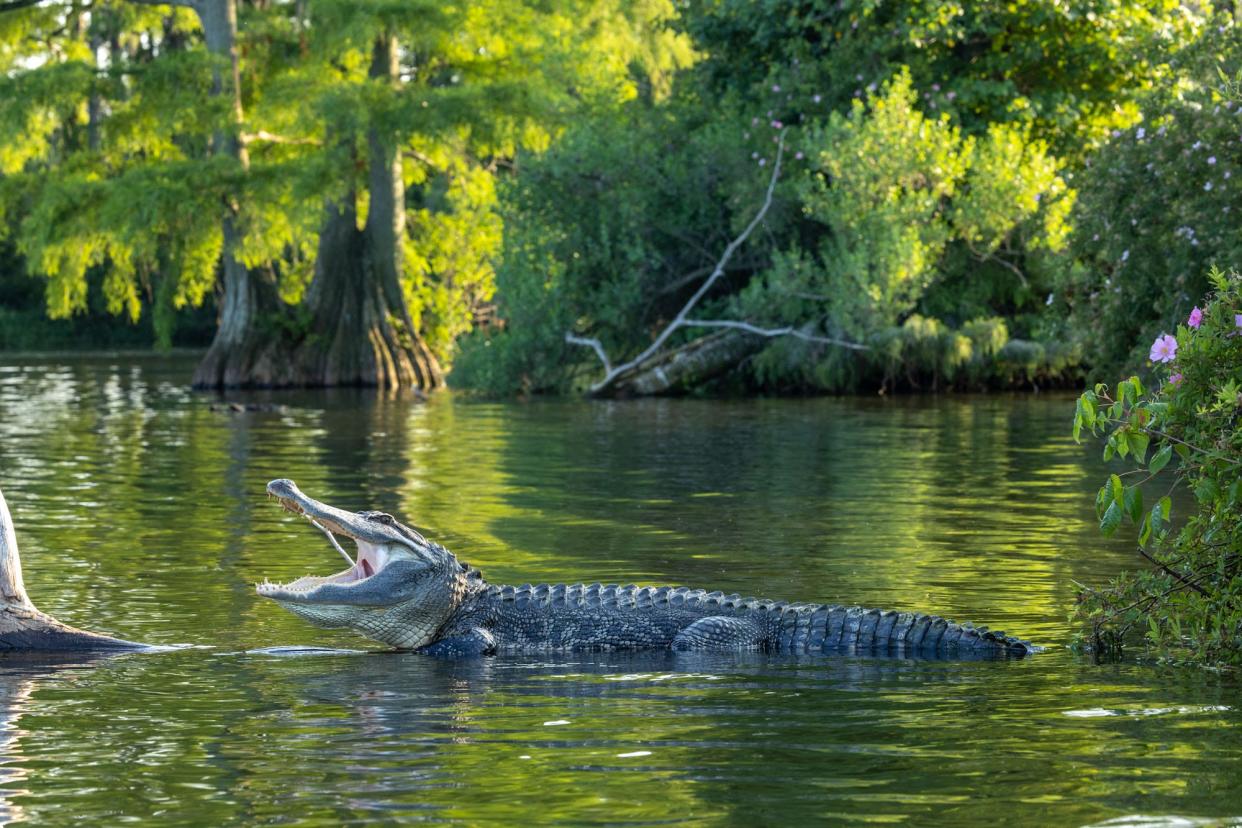
Back in 2020, smack dab in the middle of the pandemic, Wilmington vocal instructor Bryan Putnam was taking a photo on the beach with his iPhone.
"I wish I could get better pictures," he thought. After speaking with a friend about getting a bigger lens for his phone, he wound up getting a camera.
Putnam said he remembers the date he got the camera — Aug. 28, 2020 — and also one of the first things he did after, which was to head out to Greenfield Lake near downtown Wilmington to shoot photos of wildlife.
He shot on foot from the banks that first day, "but literally 20 minutes into that shoot," Putnam said, he knew he'd be heading into the water soon. Once he got a kayak and some waders, "I was out there almost every day for a year and a half."
Over the past three years, perhaps no one has documented the wildlife of Greenfield Lake quite as intensely, or quite as comprehensively, as Putnam has. From photos of the lake's biggest inhabitants (its many alligators) to some of its tiniest bugs, as well as the birds, turtles, snakes and lizards in between, Putnam has made a name for himself, not only as an outstanding photographer, but as someone who knows the lake and its wildlife better than almost anyone.
"It became a very special place for me," Putnam said.
Recently, his affection for the lake and its creatures has led to international recognition of his work. A photo of a juvenile green heron Putnam dubbed Dandelion Head (because of the wispy tufts around its noggin) landed in the top 100 entries in the Audubon Society's 2023 Audubon Photography Awards, out of over 9,000 submissions. (He's also got three photos in the finals of the prestigious international Bird Photographer of the Year contest, although none of those photos were taken at Greenfield.)
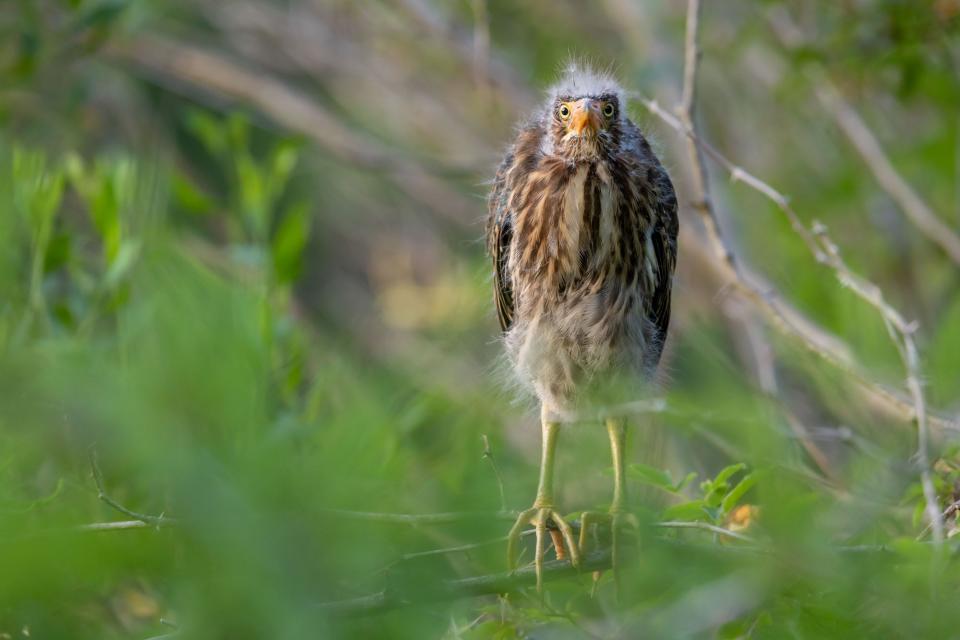
Nestled in the heart of Wilmington, Greenfield Lake, part of the city-owned Greenfield Park, is probably the wildest natural area in the city limits. With a history dating back to the 1700s, when it was a rice plantation, the lake and the land around it was purchased by the city of Wilmington in 1925. Shaped like an arc with a spur, with an average depth of only about four feet but nearly five miles in circumference, the lake and park are heavily visited. But not many people have gotten into the weeds of Greenfield, quite literally, like Putnam.
Using his kayak and waders, he's explored "every nook and cranny," he said. From the water, he'll see people walking the trails on the shore, and "I see the gator sunning 10 feet away from you that you don't see."
He's heard tales of 15-foot gators, but the biggest he's seen is about 12 feet, though he estimates there could be as many as 100 living in the lake.
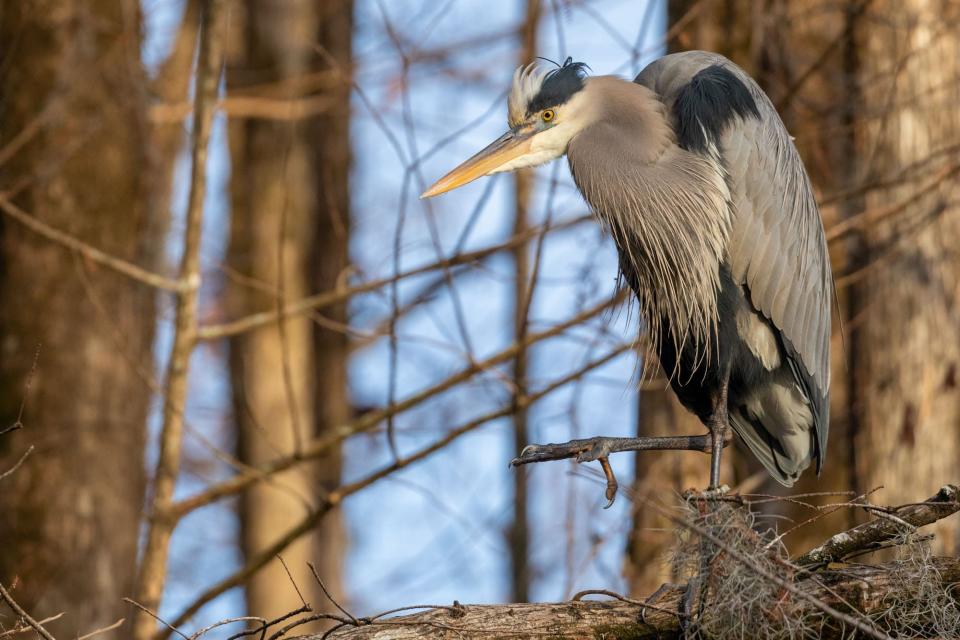
"People think gators are the biggest predators, but it's really the great blue heron," Putnam said. "They'll eat anything." He once saw a blue heron choke down a fish almost as big as it was.
He's also seen some sad sights, like an anhinga with a fishing hook in its webbed foot, or birds with rope or trash stuck to their beaks.
In addition to reminding people never to leave trash in or around the lake, "I want (people) to know how wild it is," Putnam said. He compares Greenfield Lake to a more concentrated version of the Florida Everglades, with almost all the same types of animals gathered in a much smaller space.
To get the quality of photos he wanted, Putnam has spent untold hours on the lake, getting to know individual animals, like what he said are just a half-dozen or so snapping turtles. ("They look like dinosaurs.") He's also spotted rare creatures, like a river otter that swam right up to him.

He became enamored of the lake's green heron population after he noticed some of them clustered by the bank. Then, he noticed that some were juveniles. Eventually, he was able to witness a couple of them make their first flights into the trees.
"They're so whimsical" and kind of funny looking, he said, "almost like a football," but able to stretch out to a surprising length.
"I spent almost every day with them" for several weeks, he added. "They are very tolerant of humans, especially the juveniles. I just became part of their day."
A passion for light, and 'critters'
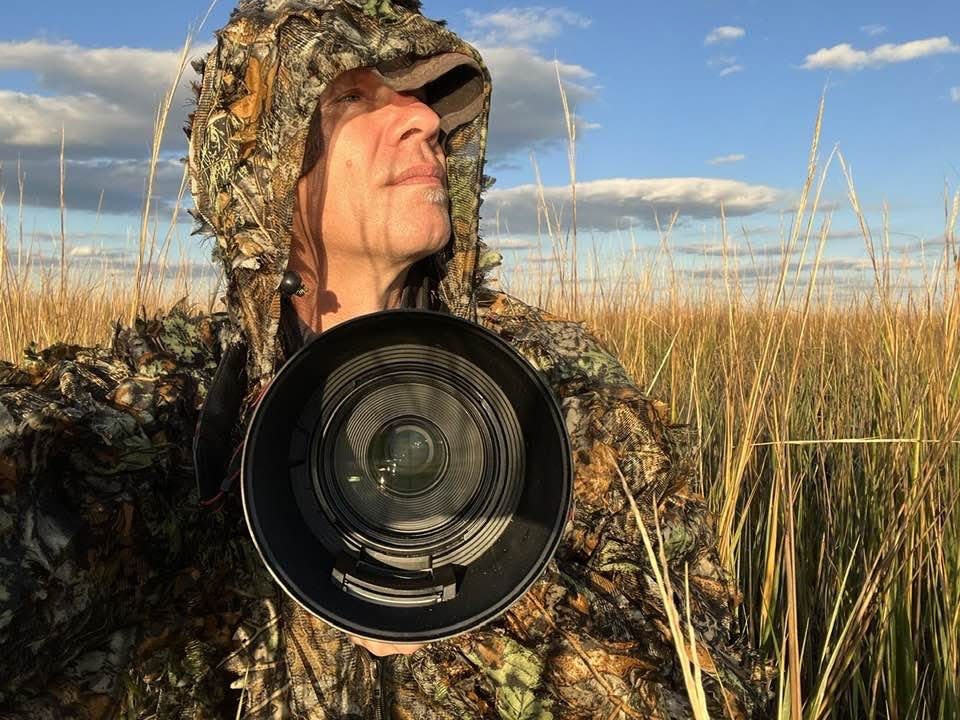
While his foray into photography has been relatively recent, "I was always passionate about my animals as a kid," Putnam said.
As a child in the 1970s he collected Safari Cards, which were like baseball cards but with pictures and information about various animals. After building up a huge array of photos over the past three years, "I thought, 'You know what, I'm going to make my own Safari Cards,'" Putnam said.
He's getting ready to launch his series of "Wild Cards" under the banner of his business, Art Sublimina Photography, with a dozen cards featuring pics and info about Greenfield Lake's "usual suspects," like the yellow-bellied slider. He said they'll be sold at Old Books on Front in downtown Wilmington as well as online.
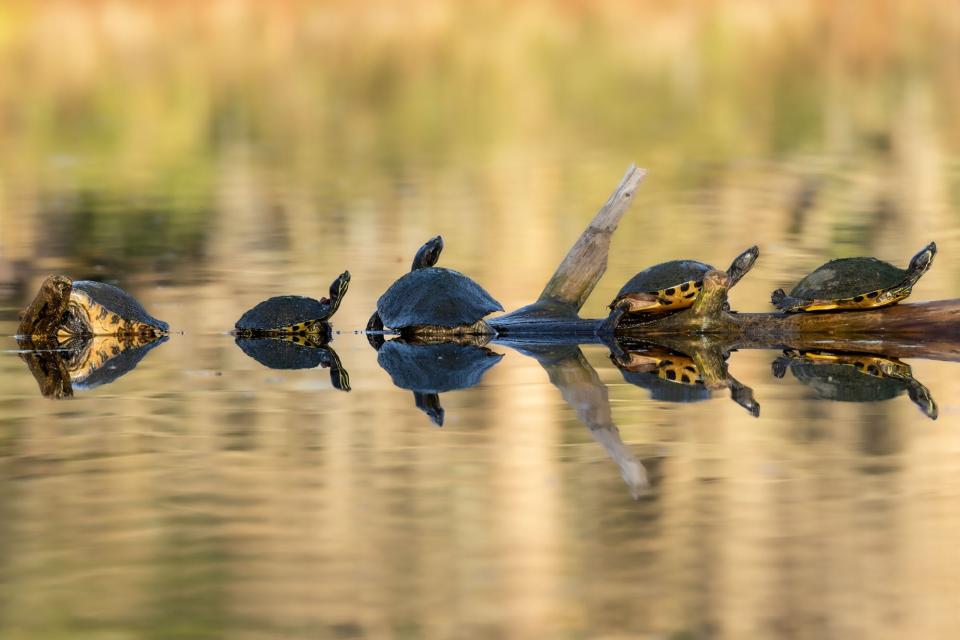
Most people in Wilmington know Putnam as a singer and a teacher of singing. He started performing in musicals locally in the late 1980s, and later spent time in New York City, where he wrote musicals, including "The ToyMaker," which was selected for the 2012 National Theatre Conference. For years, he's taught vocal lessons out of his downtown Wilmington studio, which is named Breathe? Speak? Sing!
Singing and photography are completely different mediums, but Putnam brings an artistry and attention to detail to both. In photography terms, "I'm just looking for the light," Putnam said. "Yeah, the critters are there, but I'm going for the art shot."
He's got a few rules he follows. One is "never shoot from a human vantage point. Get high, or get low." Another is staying at least 15 feet away from most wild animals. He said he's never felt threatened by wildlife in the lake, but once, in his waders, his feet got sucked into the mud and it took him nearly 20 minutes to get free.
The occasional mishap, not to mention many bug and spider bites, isn't enough to keep him off the lake for long. Recently, he had taken a break from shooting due to other commitments.
"But this morning, that feeling hit me," Putnam said. "I know I'll be out there tomorrow."
This article originally appeared on Wilmington StarNews: Wilmington photographer an Audubon Society award finalist
